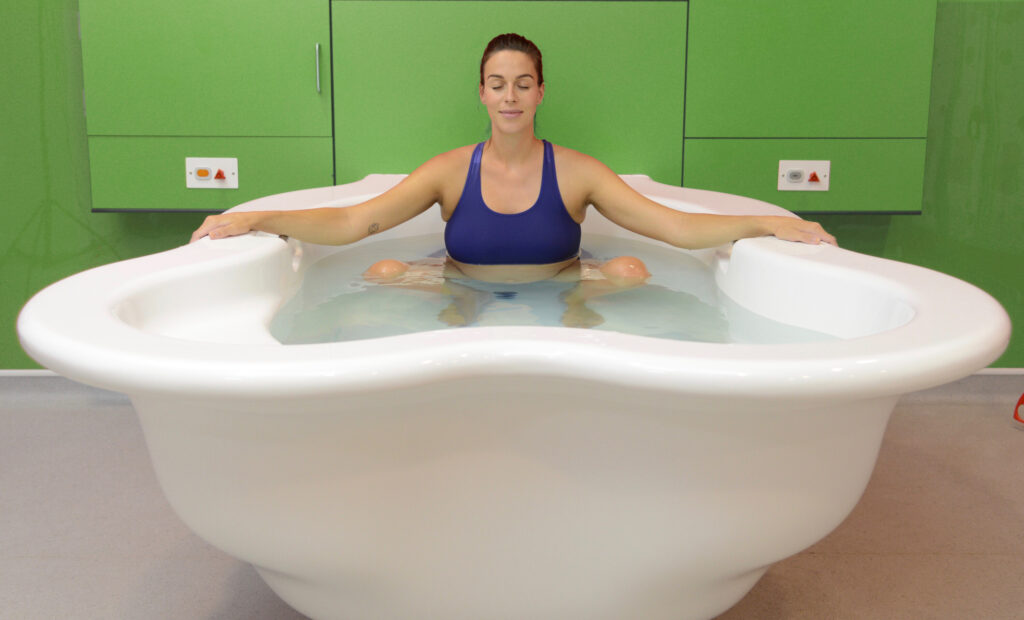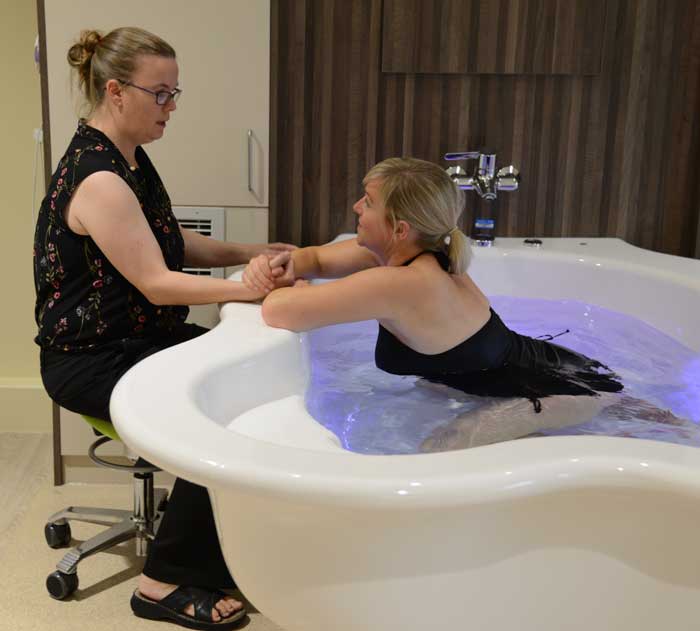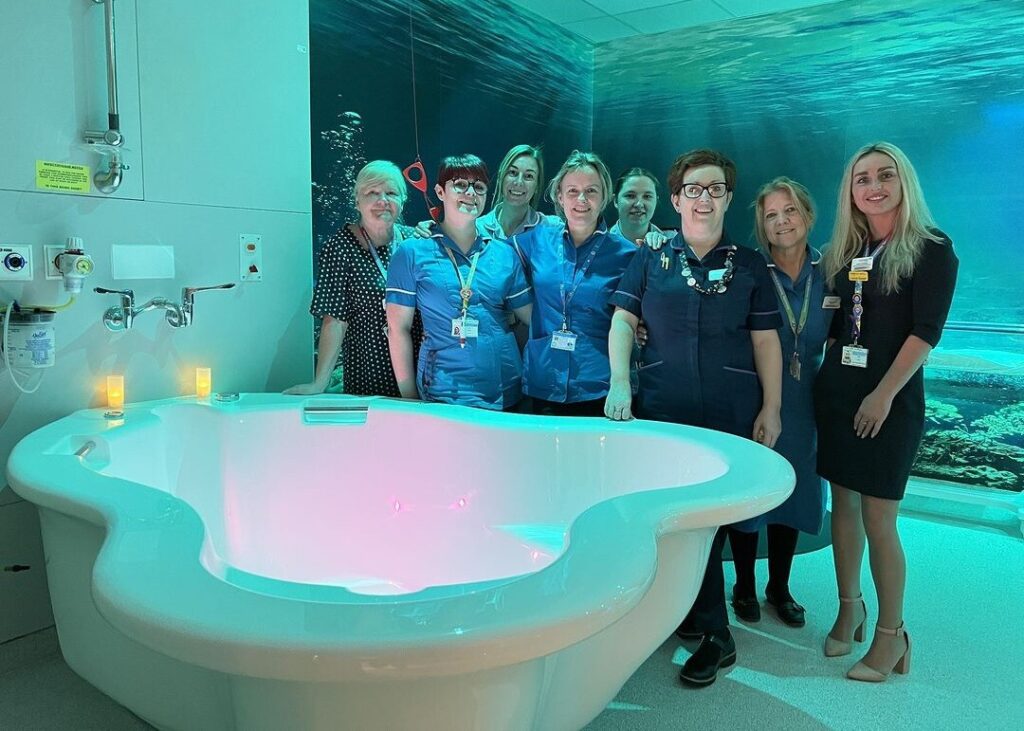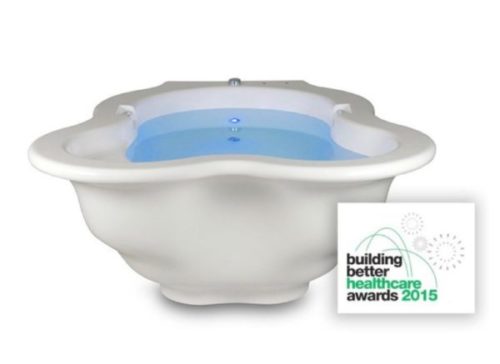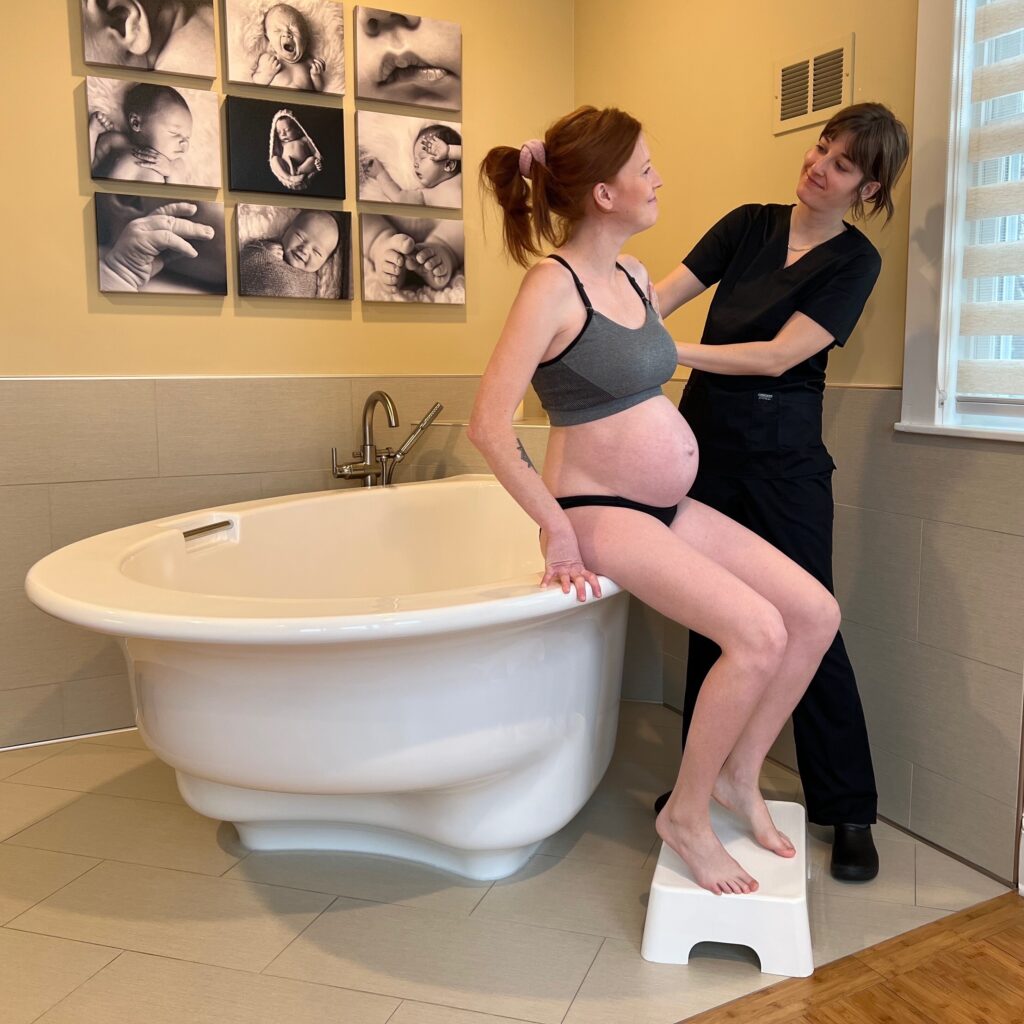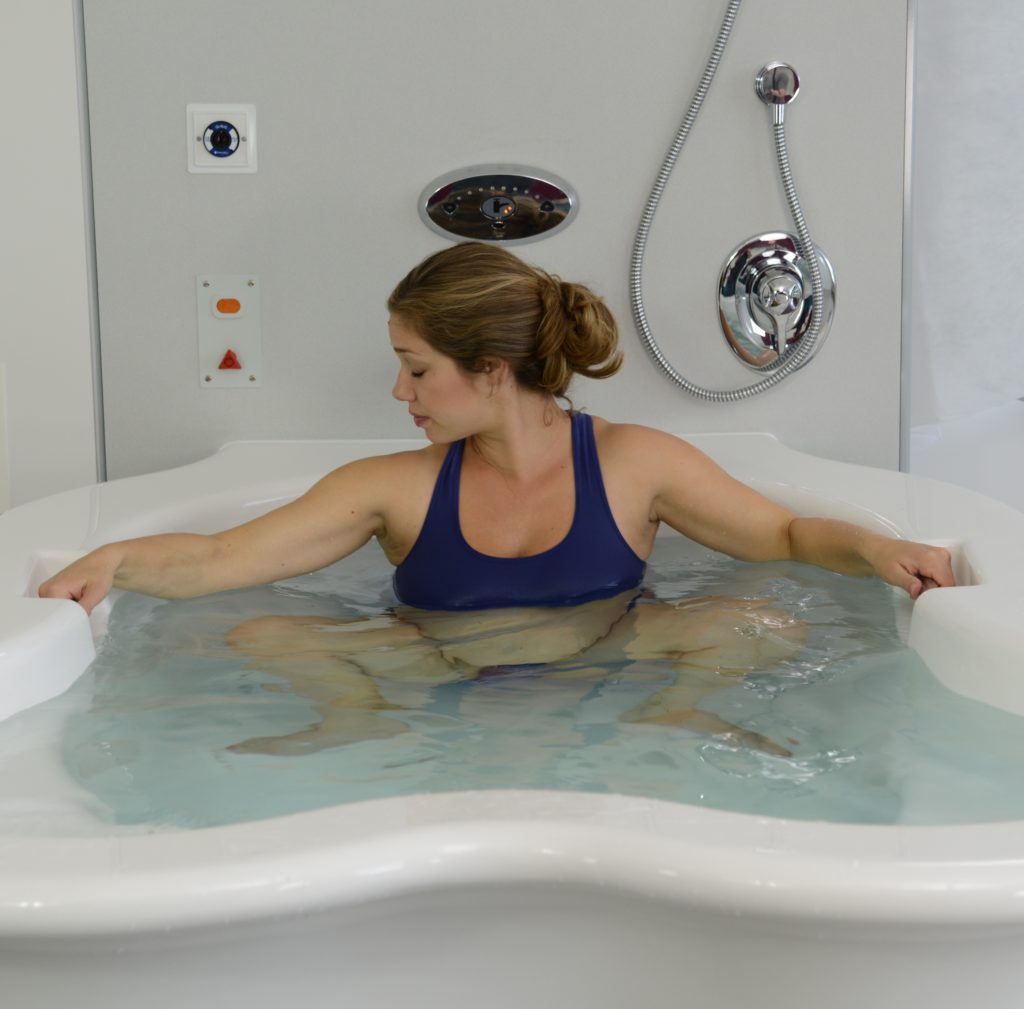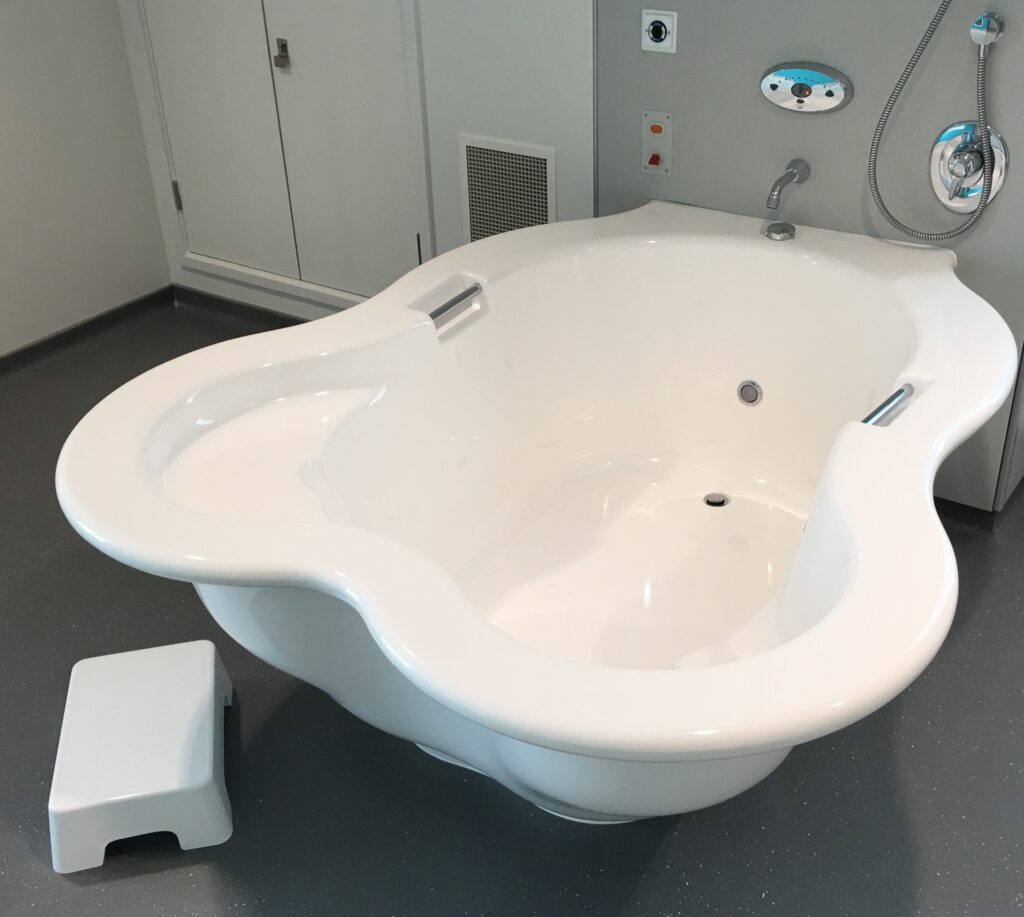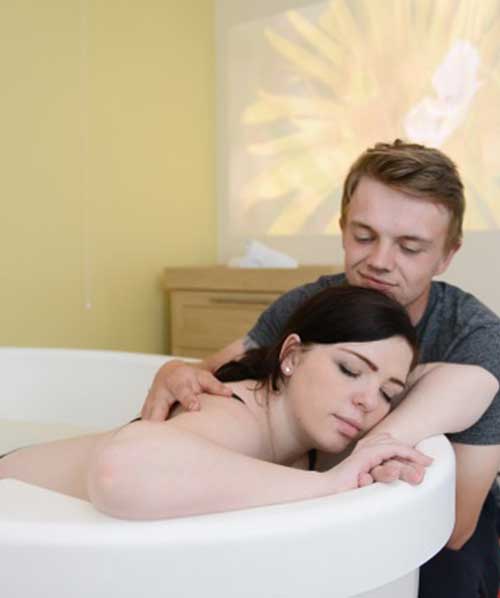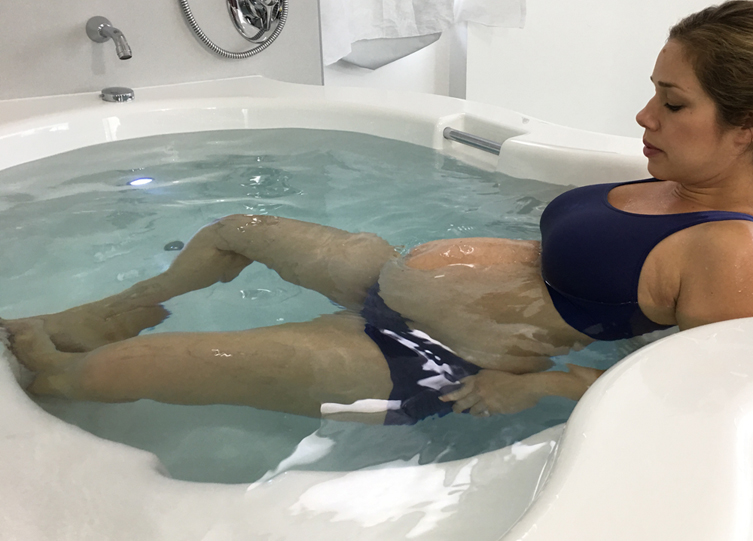Originally published by Matthew R. Freije in 2013
Water is more prone to bacteria growth after it leaves the public water distribution system and enters a building’s plumbing. There it finds warmer temperatures, stagnation, and smaller pipes, valves and fittings.
Biofilm that forms on valves and fittings and pipe walls not only feeds bacteria but also protects them from the hot water and chlorine that typically would kill free-floating organisms.
Large systems with complex piping networks — like those found in hospitals, hotels and large apartment buildings — are especially prone to bacteria growth, but home plumbing systems are not exempt.
In fact, Legionella bacteria have been found in many home plumbing systems, some of which have been implicated in cases of Legionnaires’ disease.
Closer look at waterborne bacteria
Not all types of bacteria are unhealthy; some actually protect humans from illness. Only the disease-causing (pathogenic) bacteria are a concern, and these include Pseudomonas aeruginosa, Helicobacter pylori, Legionella, E. coli and Mycobacteria avium.
Many pathogens that can be transmitted from water also can be transmitted from food or surfaces or passed from person to person. For Legionella, however, water is nearly always the source.
Transplant patients, smokers, the elderly, persons with underlying disease such as cancer or diabetes, or patients undergoing chemotherapy treatment are many times more likely than a young nonsmoker in generally good health to become infected by waterborne bacteria and to die from that infection.
Modes of transmission
Drinking water is only one of the ways in which harmful bacteria can enter a person’s body.
Some bacteria can be inhaled in small droplets while showering, brushing teeth or washing the face.
Even while washing hands, a person could unknowingly inhale small water droplets that become airborne directly from the faucet or after water splashes against the sink.
Water droplets can enter the lungs and cause infection also by aspiration: contaminated water in the mouth, perhaps while swallowing, gets past the choking reflexes and enters the lungs instead of the esophagus and stomach.
Aspiration is more likely to occur in smokers, because their damaged respiratory tracts fail to keep substances out of the lungs.
Water-related illness associated with skin contact is less common in generally healthy people.
However, Pseudomonas aeruginosa has caused skin rashes in people using swimming pools or whirlpool spas that have not been properly treated to kill bacteria.
All four modes of transmission — ingestion, inhalation, aspiration and skin contact — have one crucial fact in common: The source of the problem is in the water.
If the water is not contaminated, illness will not occur.
Reducing risk
Bear in mind that the following comments pertain only to home plumbing systems. Some methods that are effective in home plumbing systems will not work well in hospitals, hotels or other large buildings.
Chemical disinfection
The disinfectant in a public water supply cannot be relied upon to control pathogens in a home plumbing system.
The free chlorine concentration varies significantly from city to city and even within a given distribution system, depending in part on the distance from the treatment plant to a home.
The water entering some homes may have 1.0 part per million (ppm) free chlorine while others will have 0.2 ppm or less.
Moreover, hot water at faucets and showers is unlikely to have any disinfectant, as chlorine concentrations are likely to dissipate in the water heater.
Although two studies conducted by the Centers for Control of Disease and Prevention (CDC) indicated that city water systems treated with monochloramine are less conducive to Legionella growth than are systems treated with chlorine, more data is needed to draw conclusions, particularly since Legionella have been found in several buildings supplied with monochloramine-treated water.
Point-of-entry (POE) treatment systems are used in some hospitals and hotels to inject chlorine dioxide or copper-silver ions into the plumbing system, or perhaps only into the hot water system.
However, this is not the most desirable or effective option for pathogen control in homes. A single treatment with chlorine or chlorine dioxide may be beneficial for newly constructed systems or systems that have been stagnant for a long period of time.
Following Water Quality Association (WQA) guidelines, the home plumbing system should also be disinfected in conjunction with the installation of a POE filtration system.
Hot water temperatures
The types of bacteria typically found in plumbing systems grow well in warm-water environments but will not multiply above a certain temperature.
For example, in the absence of biofilm, Legionella will not multiply at temperatures above 122 F (50 C) and will die within about 32 minutes at 140 F (60 C). Pseudomonas aeruginosa will not multiply above 108 F (42 C). Mycobacteria will multiply up to about 124 F (51 C).
Keeping water at 140 F (60 C) in large-building plumbing systems will not always control bacteria because of dead areas and other complexities in a large piping network, but studies have shown that high temperatures are effective in controlling Legionella bacteria in single-family residences.
In 95 Chicago-area homes studied by P.M. Arnow’s group*, Legionella were found in water samples collected from plumbing systems at temperatures under 140 F (60 C), but not in a single sample from systems above 140 F (60 C).
Setting the water heater to deliver 140 F (60 C) water to all taps will help to control waterborne pathogens but should not be done if the house is occupied by children or others who may open a hot water faucet unaware of the risk of scalding.
Skin damage will occur in adult males within 15-30 seconds at 130 F (54 C) and within 3-5 seconds at 140 F (60 C). Children and the elderly will scald even more quickly, and they will scald at lower temperatures.
Ultraviolet treatment. Properly sized ultraviolet (UV) disinfection units installed at the point of entry may be effective in controlling bacteria in home plumbing systems.
Whole-building UV has been unsuccessful in solving Legionella problems in large buildings because in those systems a residual disinfectant is required to prevent recontamination from biofilm. However, UV has been effective in controlling Legionella on a single floor of a hospital. Turbid water must be filtered for UV to be effective.
Filters and RO. Typical sediment or carbon filters will not block bacterial pathogens, and dirty ones actually make a good habitat for them. However, hollow-fiber membranes and other devices with a pore size of 0.2 micron or smaller will block bacteria.
At this time, submicron point-of-use (POU) filters are used in some hospitals but not generally in homes. However, several new sub-micron POU and POE filtration products are likely to be introduced, including products for home systems.
Whole-house hollow-fiber membrane systems, already available, provide filtration to 0.02 micron nominal and a flow rate of approximately 11 gallons per minute (gpm). These systems must be backwashed at least once daily.
Reverse osmosis (RO) systems certainly remove bacteria but need to be properly maintained to prevent bacteria growth in tanks and on membranes.
For pathogen control, filters should be evaluated based on: flow rate reduction; independent studies validating their ability to block bacteria; filter life; distance from the point of use (since bacteria could be released from biofilm downstream of the filter); and cost.
Many options are available for pathogen control in home plumbing systems, only a few of which have been discussed in this article.
Remember, it is critical to control waterborne pathogens in homes occupied by the elderly or immuno-compromised.
* “Prevalence and significance of Legionella pneumophila contamination of residential hot-tap water systems,” Journal of Infectious Diseases 152 (1985); 145-151
Matthew R. Freije is president of Solana Beach, CA-based HC Info.
He is a consultant, author and course instructor specializing in waterborne pathogens. Freije earned a B.S. degree in mechanical engineering from Purdue University; a water treatment plant operations specialist certificate from California State University, Sacramento; and is a Certified Water Specialist (WQA). His book Legionellae Control in Health Care Facilities: A Guide for Minimizing Risk has sold in more than 30 countries. Portions of this article were taken from Freije’s new book on home water treatment, due to be released this year.

